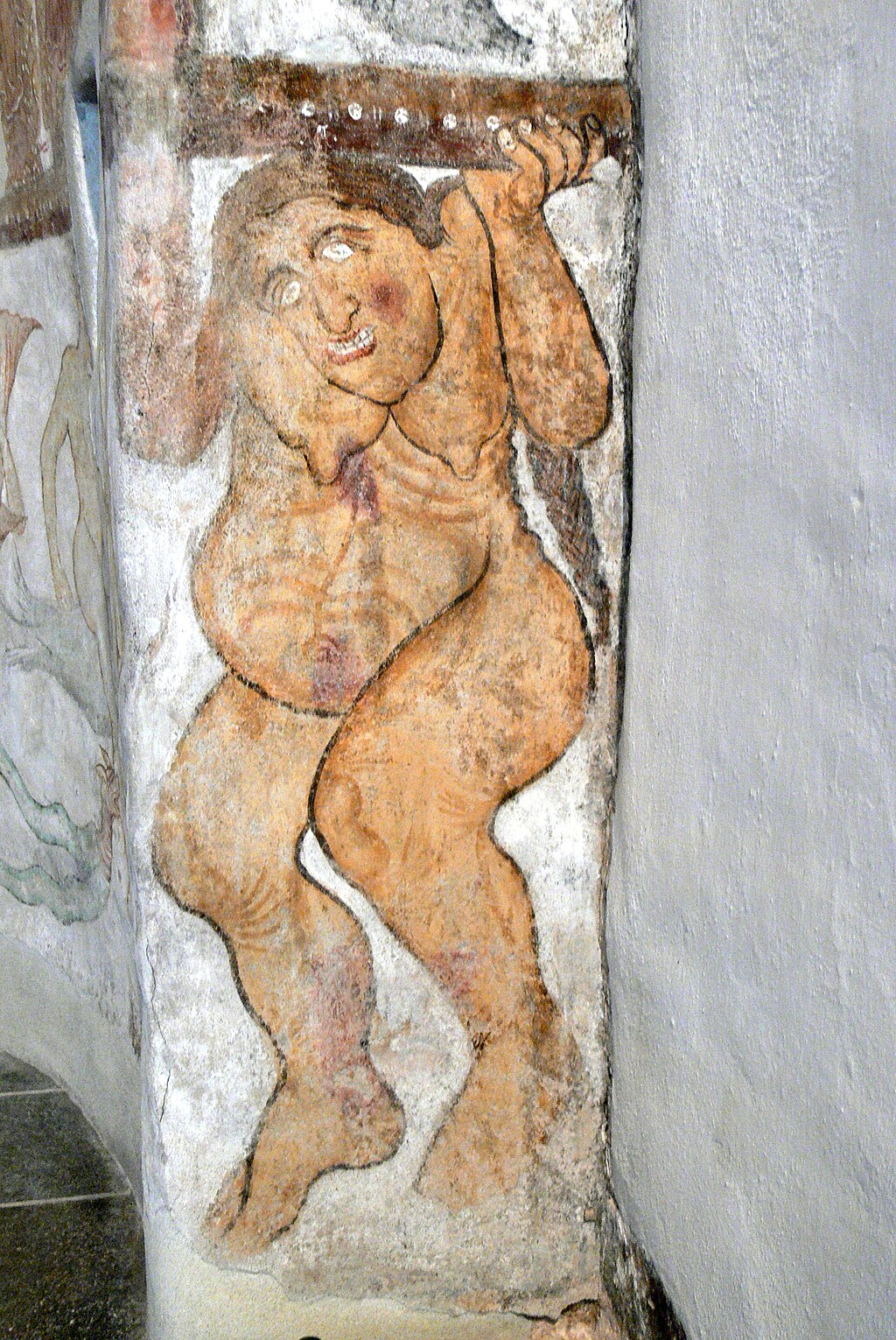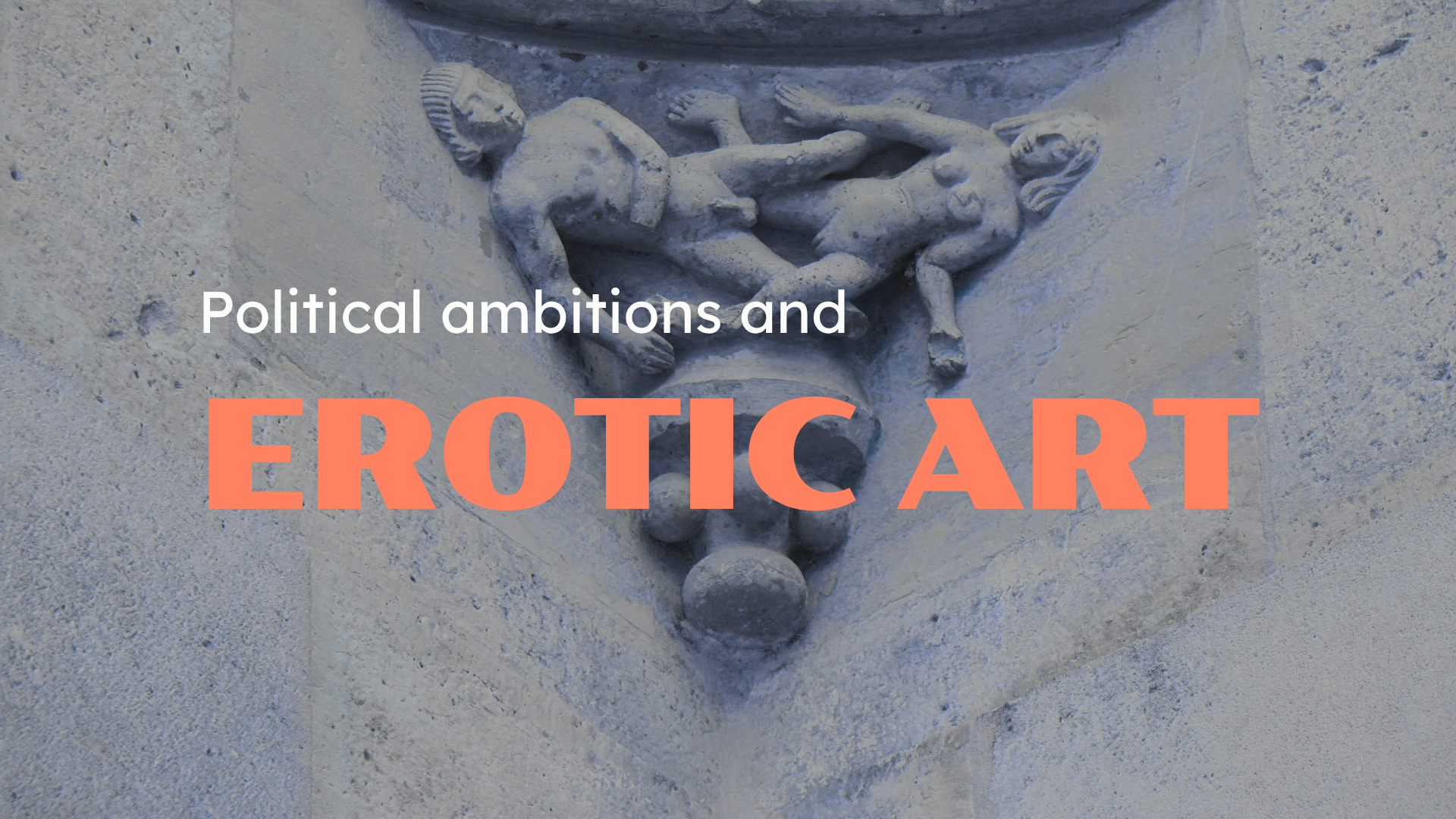In medieval Europe, religion wasn’t just a matter of faith — it was a powerful tool of governance and control. Churches were not only spiritual centers, but also symbols of political power, financed and shaped by the ambitions of local nobility and elites.

In the 11th and 12th centuries, particularly in Spain, sculptural representations of penises, vulvas, and scenes of intercourse could be found decorating church facades and column capitals. Such explicit scenes can still?ignite debate today.
But how?did such images end up in sacred spaces? Two popular theories are suggested by scholars most often:
- A warning against sins: These images were not intended to provoke desire but to shame it. Vivid visual reminders of human weakness and the danger of indulgence.
- An emblem of fertility and?life energy, deeply rooted in culture, is a reflection of folk beliefs.
However, the most interesting theory from our point of view was noted by Dr. Isabel Mellén in her book El sexo en tiempos del románico (Sex in the Romanesque Era). She thinks that these scenes may also have been part of political propaganda.
Eroticism as a tool of power:
According to Mellén, these representations may have served to underline the sinfulness and moral rot of enemies for the same nobility who funded the construction of the churches. Sculptures and images turned into allegories that served?to reinforce the power of the church and the elite.
This shows how?art is not only an aesthetic but also a mighty tool of influence, bridging the sacred and the political.
